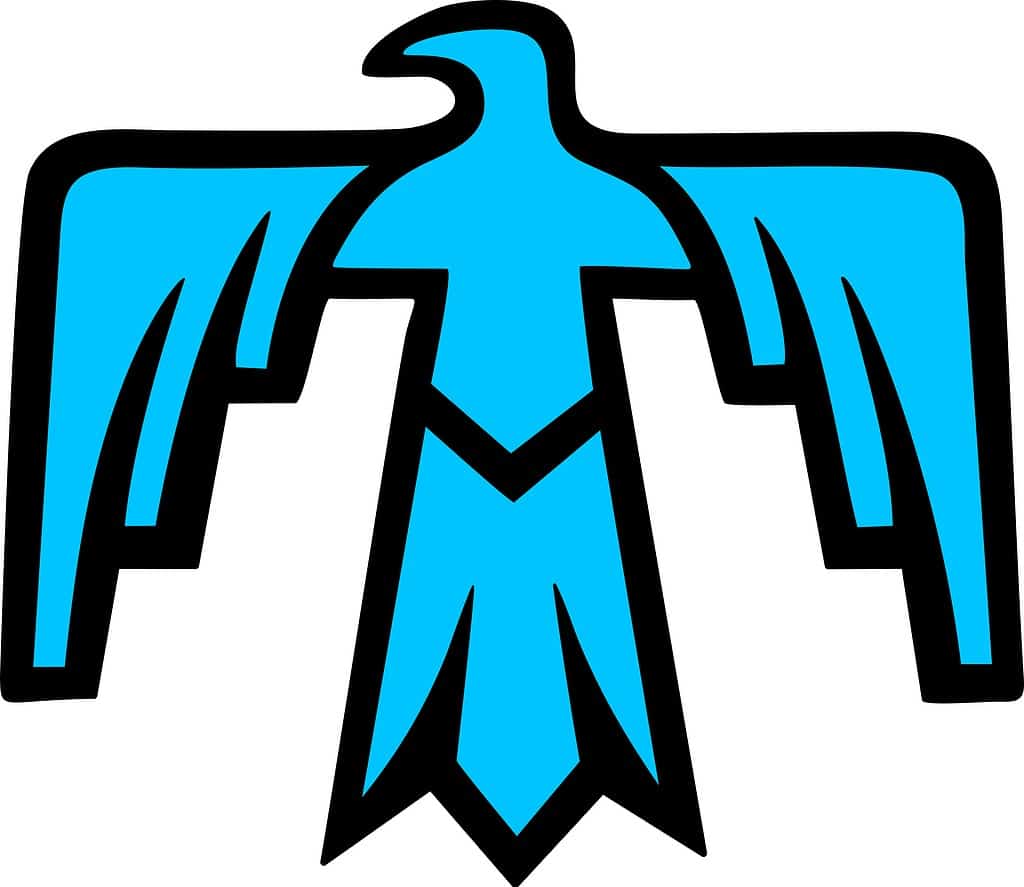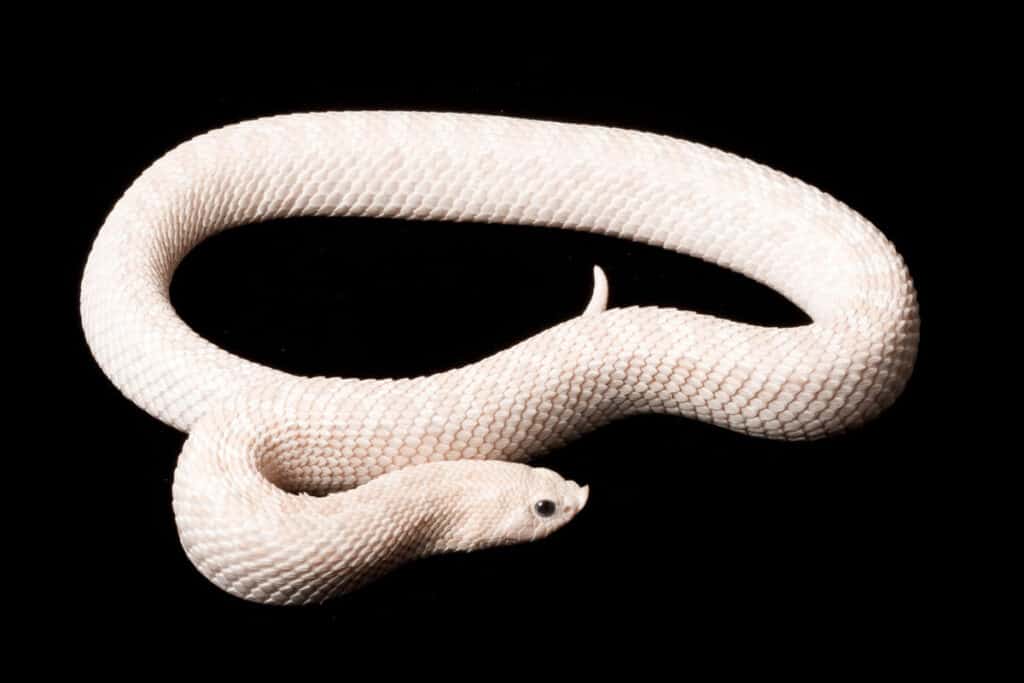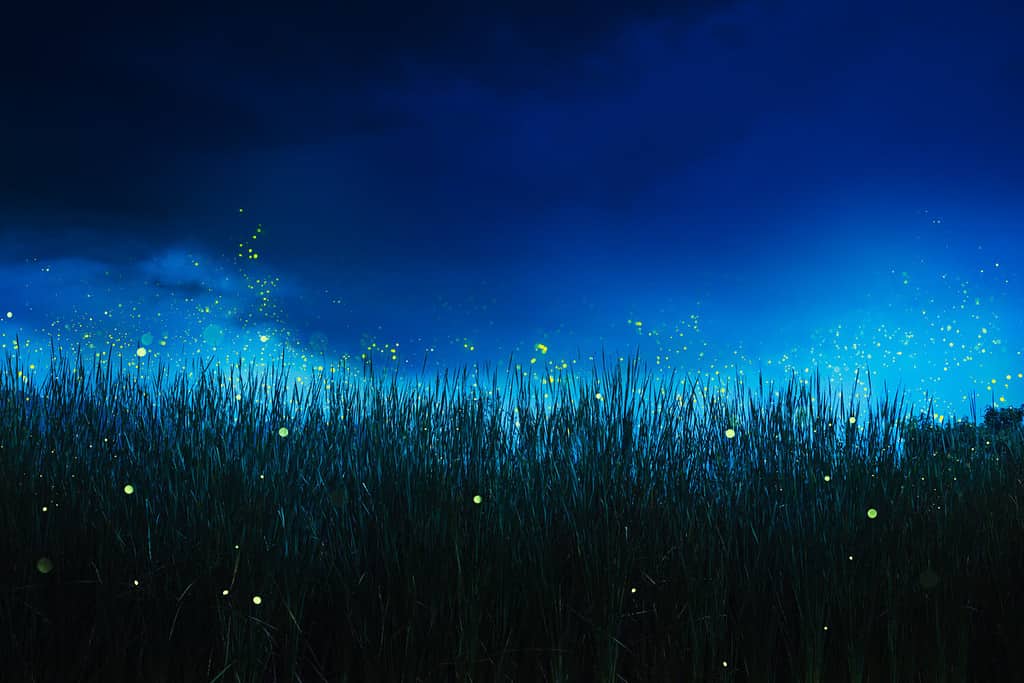Lightning is one of the most spectacular and awe-inspiring of the natural elements. From the very beginning of recorded history (and probably long before that), it has fascinated humankind. It is referenced in the Bible and Koran, and the early Greeks believed it was a weapon of Zeus, the mighty god of the sky and thunder. Both the Greeks and Romans constructed temples at locations that had been struck by lightning because they were considered sacred. There are also some animals often associated with lightning.
This natural phenomenon also makes an appearance in mythologies and superstitions all over the world. Modern scientists even think that it may have played a role in the evolution of living organisms!
What exactly is lightning?
We now know that lightning is produced in storm clouds when dust and ice particles rub against each other. When the oppositely charged particles separate, a pent-up electrical charge is created. As it leaps to the ground, we see it as a lightning strike. As it ionizes the surrounding air, it takes on a blueish tinge. However, there is still a lot that we don’t understand about lightning!
Lightning and Animals
Lightening is also associated with certain animals. Some are mythological beings, some are real animals associated with the stormy weather that produces lightning, some have lightning in their name, and others are most likely to be struck by lightning!
So, let’s take a look at the 7 animals often associated with lightning.
Reindeer

Blitzen, one of Santa’s reindeer’s name, means lightning.
©MARISINA/Shutterstock.com
Reindeer are linked to lightning in both a positive and negative way. As any kid will tell you, one of Santa’s reindeer is called Blitzen, derived from the Dutch word ‘bliksem’ meaning lightning. On an unhappier note, reindeer were also involved in one of the most catastrophic lightning strikes in recent times. During a thunderstorm in Norway in 2016, lightning killed 323 reindeer, 70 of which were calves. It is thought that they were huddling together near a tree. Animals standing on four legs spread apart are more vulnerable because there is a greater difference in ground voltage between one leg and another.
Horses

Pegasus is a mythological
horse
who carries lightning for Zeus.
©Toshauna/Shutterstock.com
Horses are connected with lightning in both religion and mythology. The explosive speed and fierce nature of lightning are thought by many to be reflected in the temperaments of some equines. In Korean mythology, a huge white horse emerges from a bolt of lightning when people are gathered to pray for their king in the kingdom of Silla. Pegasus, the famous winged horse of Greek mythology, may have got its name from the Luwian word, ‘pihassas’ meaning lightning. Pegasus is also said to carry lightning for the god Zeus, and its hooves create lightning bolts. The prophet Muhammad’s personal horse was named Al Borak, which means lightning in Arabic.
The Lightning Bird

The lightning bird of Zulu folklore may actually be an impundulu
©Karel Bartik/Shutterstock.com
Zulu tribe folklore describes a bird called the impundulu, which translates as ‘lightning bird.’ It is black and white, the size of a human, and can summon lightning with its wings. It is also connected with vampires and witches and throws down lightning strikes. In some tribes, this bird is actually a hamerkop whose scientific name is Scopus umbrette. It is a medium-sized wading bird found in Africa and Madagascar.
Raiju

Raiju are said to take on the form of white-blue wolves.
©Thomas Barrat/Shutterstock.com
Japanese mythology describes a creature associated with lightning called the raiju. The origins of the myth are thought to be in Chinese culture. Raiju are the companions of the Shinto god of lightning. Most of the time, they are calm, but during thunderstorms, they become agitated. The marks of lightning strikes left in fields and on trees are believed to be scratches made by the animal’s claws. They normally take the form of a white-blue wolf or dog but can be many other animal forms, including leopards and foxes.
Thunderbirds

The mythical thunderbird casts lightning bolts to fight the underworld.
©tschitscherin/iStock / Getty Images Plus via Getty Images
Native Algonquian peoples of Eastern Canada and the Northeastern United States have a myth about a ‘thunderbird’ that controls the ‘upper world.’ It creates lightning bolts that it casts down to fight off underworld creatures. The thunderbird is also featured in several other native mythologies.
Snakes

Our ancestors may have thought that lightning looked like snakes in the sky.
©fivespots/Shutterstock.com
Lightning strikes may have looked to our ancient ancestors like snakes appearing from the heavens and striking the Earth. The Walpi Indian tribes have been observed using snakes with lightning symbolism in their ceremonies. The snakes are caught in the desert when storms are imminent and are attended to by chiefs for 16 days. Then, they are thrown onto sand paintings of four lightning snakes or of a mass of clouds from which four different colored lightning streaks emerge. This may be to force the serpent to invoke lightning and rain.
Lightning Bugs

Fireflies are called lightning bugs in some areas.
©Fer Gregory/Shutterstock.com
Fireflies are a type of insect that are also sometimes called lightning bugs, especially in the eastern and southeastern areas of the US. They are actually beetles, and there are more than 2,000 species of them occurring on every continent except Antarctica. They produce flashes of light as a mating signal. Combining chemicals and enzymes is done in special organs in their abdomen. The phenomenon is called bioluminescence.
The photo featured at the top of this post is © iStock.com/mdesigner125
Thank you for reading! Have some feedback for us? Contact the AZ Animals editorial team.






